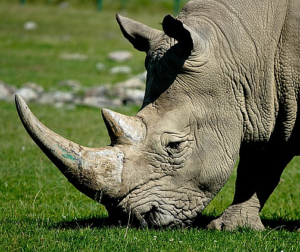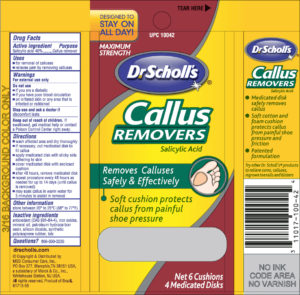
You work hard when you dig with a shovel or chop wood. The result of rubbing and friction on the hands is callus skin. Calluses may result due to poorly fitting footwear. Carpenters, mechanics, and plumbers have calluses on fingers and palms. What exactly is a callus?
Keratinocytes
The skin of the palms is about 0.8 to 1.4 millimeters thick. That is some ten times the thickness of other skin. Plantar skin (the skin of the soles of the feet) also can be thick and keratinized. In this process ordinary skin changes into keratinocytes—a horny layer that protects underlying layers.

Keratin – Elsewhere in Nature
Repeat friction and rubbing stimulate production of tough, fibrous protein called keratin, which toughens skin. Keratin is strengthened by disulfide bonds between molecules to form a kind of network. Think of the toughness of animal beaks and claws or the horn of the rhinoceros. These are all forms of keratin!
Some tell the story that horses hooves and other forms of keratin are used to make the gelatin one finds in human food. The Gelatin Manufacturer’s Institute of America informs us that gelatin is not made from keratin.
Treating Callus Skin
As excess calluses develop, unsightly cracks can form. The cracks can run deep and result in bleeding. What can be done to help? Feet can be soaked in water and gently sanded with a pumice stone. There are skin salves that contain salicylic acid. Finally, there is minor surgery. In the case of diabetes, treating of the feet requires expert care. Be sure to consult a podiatrist.
Note: You might also enjoy Warts and Moles, Boils, Corns, Bunions
References:
- WebMD: Skin Problems and Treatments Health Center
- Molecular Expressions: Palmar Skin
- Molecular Expressions: Plantar Skin
- NCBI: Keratinocytes
- Yes Mag: What is a rhinoceros horn made of?
